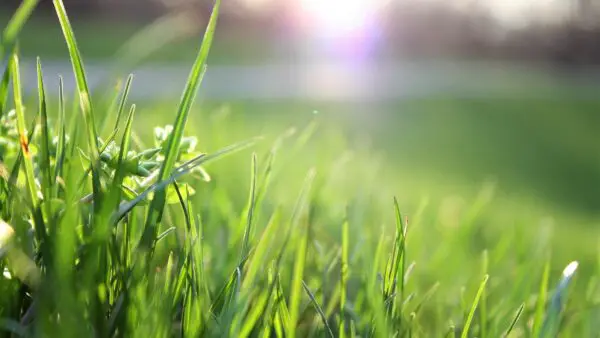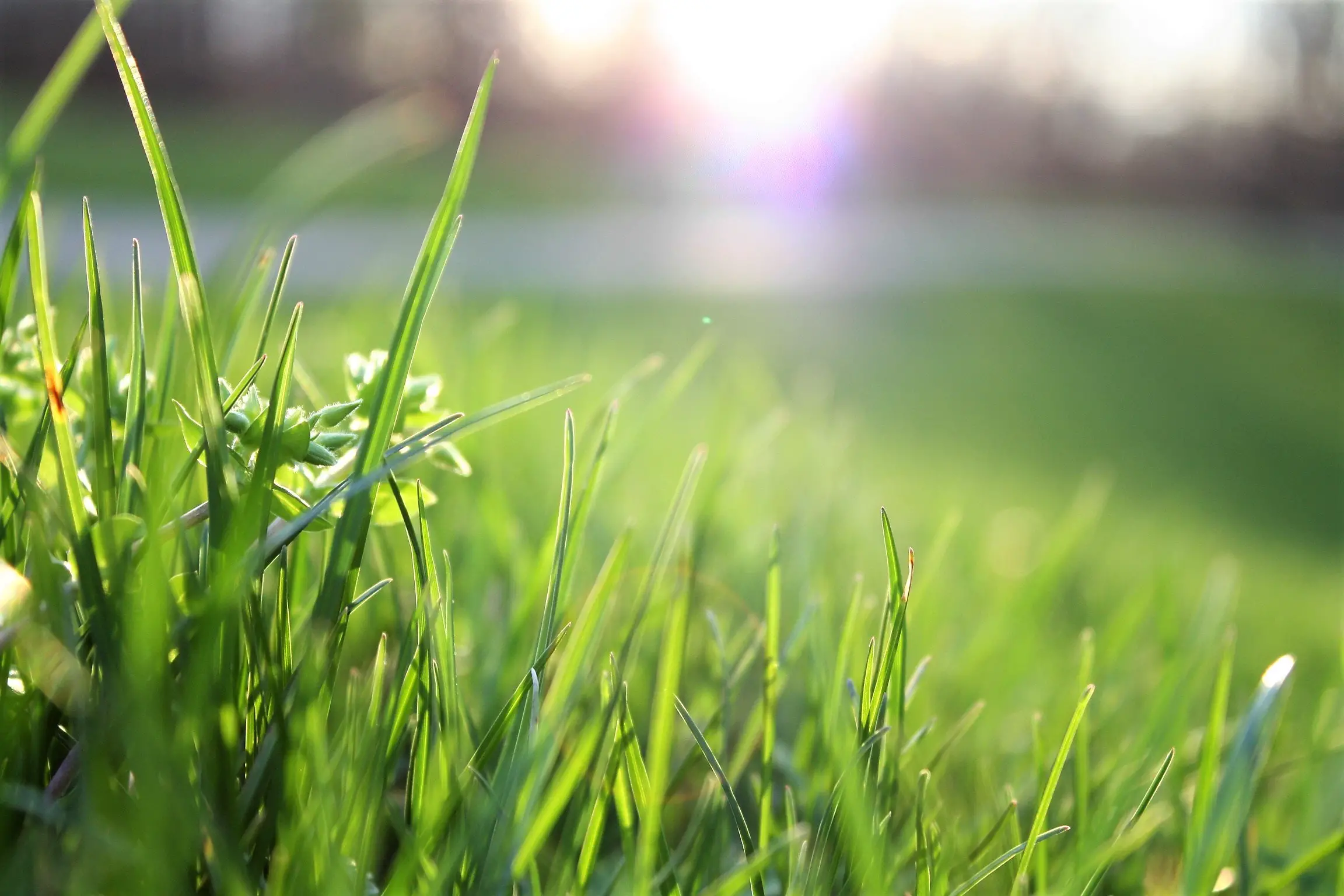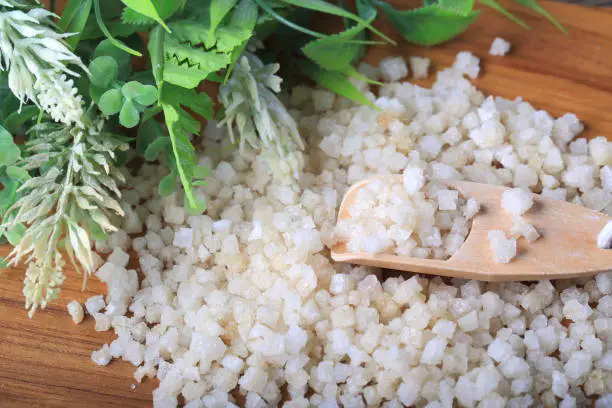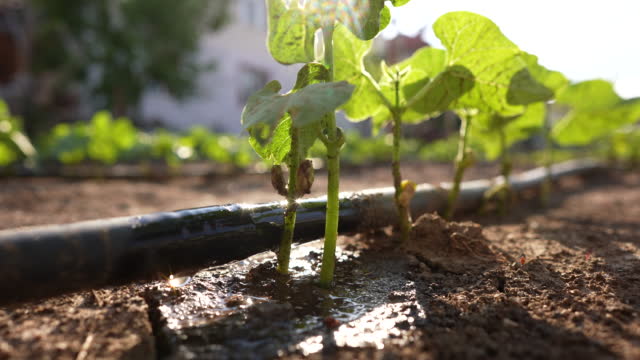How to Overseed a Lawn for a Lush, Green Landscape

If your once thriving, lush green lawn has started to look sparse, it might be time to consider overseeding. Overseeding is the process of planting new grass seeds over your existing lawn, allowing for thick, healthy grass growth. This article will guide you through the straightforward process of overseeding to breathe new life into your lawn.
Understanding the Importance of Overseeding
Overseeding is a critical aspect of lawn care, particularly for those lawns which have started thinning over time. While watering and fertilizing are essential, overseeding can help maintain the vibrancy and fullness of your lawn, improving its health and appearance. It can also make your lawn more resistant to pests and diseases. So let’s explore how to overseed your lawn effectively.
Step 1: Choose the Right Time
According to professional landscapers, the timing of overseeding is pivotal. The best times to overseed your lawn are in the late summer or early fall when the soil is warm, and there’s still plenty of sunlight. This timing allows the new grass seeds to establish themselves before winter.
Step 2: Select the Right Seed
Different grass species have varied growth habits, color, and resistance to diseases. Therefore, choosing the right type of grass seed for your lawn is essential. Look for a grass variety that thrives in your region’s climate, matches the existing lawn’s color and texture, and is hardy against local pests and diseases.
Step 3: Prepare Your Lawn
Overseeding is most effective when the seeds come into direct contact with the soil. Start by mowing your lawn shorter than usual and collect the clippings. Then, rake the lawn to remove any thatch (dead grass) and loosen the top layer of soil, creating a good seed-to-soil contact.
Step 4: Apply the Seeds
Apply the grass seed using a lawn spreader for an even coverage. It’s advisable to apply half the seeds in one direction (say, north-south), and the other half in a perpendicular direction (east-west). This ensures a dense and even growth of new grass.
Step 5: Water Regularly
Watering is critical after overseeding. For the first two weeks, aim to keep the top inch of soil consistently moist. Water lightly but frequently, preferably in the morning and evening to avoid water evaporation.
Step 6: Fertilize and Monitor
About three to four weeks after overseeding, apply a slow-release, low-nitrogen fertilizer. This provides the nutrients the young grass needs to develop strong roots. Also, keep an eye out for any weed growth and remove them promptly.
Additional Tips for Effective Overseeding
Overseeding, while simple, does require some best practices for successful outcomes. Here are some additional pointers to consider:
Consider Soil pH
The pH level of your soil plays a significant role in how well your grass grows. Most grasses prefer soil with a pH level between 6.0 and 7.0. If you’re unsure about your soil’s pH level, consider purchasing a soil testing kit from a local garden center.
Using a Lawn Aerator
Before you start the overseeding process, using a lawn aerator can be beneficial. A lawn aerator will create small holes in your lawn’s surface, which can help the seeds penetrate the soil more effectively and establish roots.
Wait to Mow
After overseeding your lawn, try to wait until the new grass is about 3 inches tall before mowing. This ensures the new grass is well-established and can withstand the mowing process.
Patchy Areas
Pay extra attention to patchy or bare areas in your lawn. These areas might need a bit more seed than the rest of the lawn. Be generous with the seed in these parts to ensure even coverage.
Troubleshooting Overseeding Challenges
Despite your best efforts, there might be times when overseeding doesn’t go as planned. Here are some common challenges and how to overcome them:
Seed Germination Failures
If your seeds fail to germinate, the issue might be insufficient water, incorrect temperature, or poor soil-to-seed contact. Ensure that the soil is consistently moist, and remember that seeds need warmth to germinate, which underscores the importance of overseeding in late summer or early fall.
Weed Outbreak
If weeds start to emerge after overseeding, avoid the temptation to use weed killers, as these can also harm young grass. Instead, handpick weeds, ensuring you remove the root, and consider using a pre-emergent herbicide before overseeding next time.
Uneven Growth
If your lawn has uneven growth after overseeding, it could be due to uneven distribution of seeds. Next time, consider using a spreader for more uniform distribution. Also, pay attention to any bare or thin patches; these may need additional seeds.
Conclusion
Warm Season Grass
A lush lawn is possible when you pair diligent care with the right grass seed mixtures and techniques. Depending on your region’s climate, you might choose between cool season grasses like perennial ryegrass, which thrive in early spring and fall, or warm season grasses, more suitable for the hot summer months. Assessing your existing grass and understanding its lifecycle is crucial to ensure your new grass seed blends seamlessly with the current turf.
Cool Season Grass Seed
When overseeding, remember that spreading grass seed evenly across the entire lawn, including bare patches, is essential. You might need to use more grass seed in areas with significant wear. For best results, ensure the new seed has good contact with the soil, which may require removing excess grass clippings with a lawn mower before planting seed. Post-seeding, nurture the grass seedlings with adequate water and nutrients until they establish.
Dense Lawn
Overall, whether you have a cool season or warm season lawn, overseeding can be your ticket to a dense, healthy lawn. Remember, overseeding isn’t a one-time quick fix but an ongoing part of lawn care, often needed annually. As you see your lawn transform from sparse to splendid, you’ll find the entire process worthwhile. Your lush, green lawn awaits!







